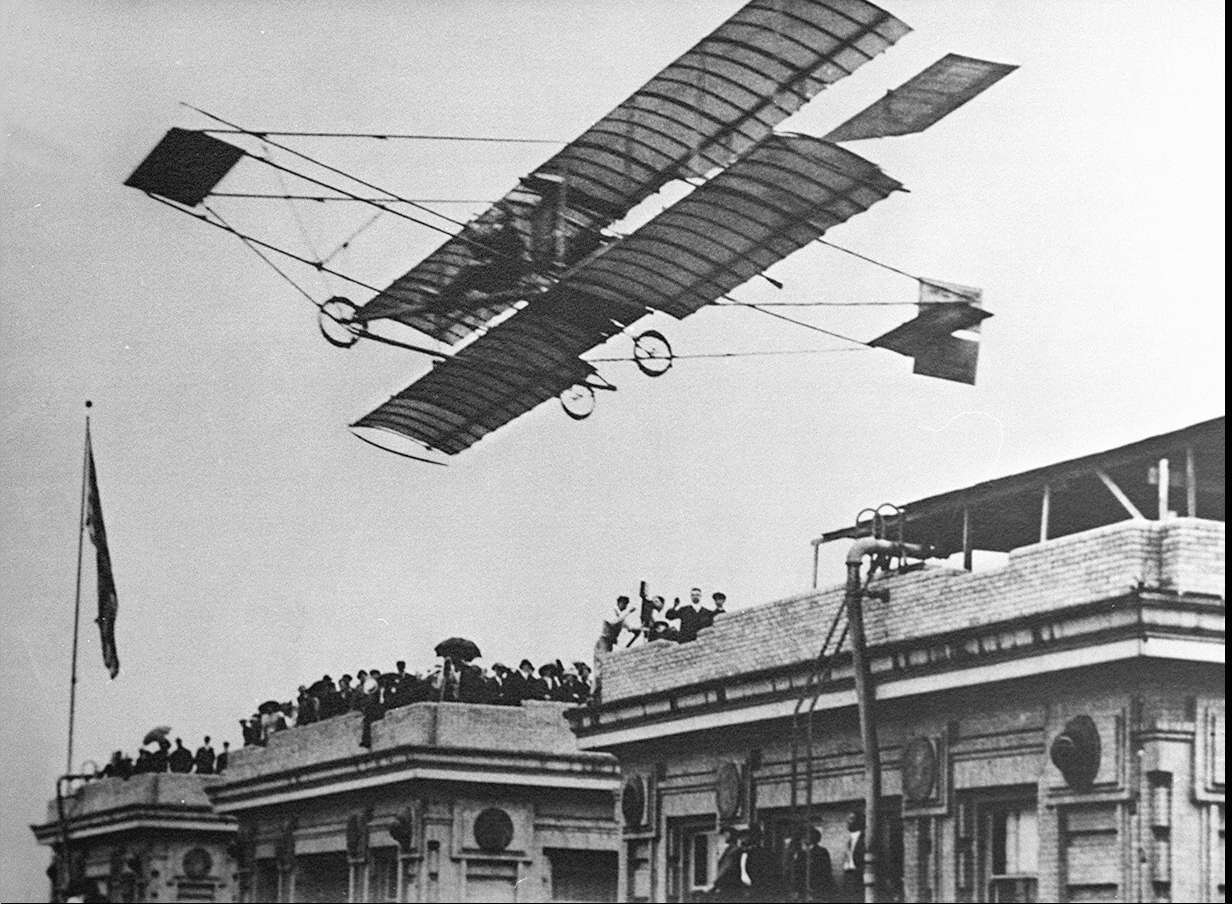Pearson Field was named for Alex Pearson, a former Vancouver High student who became an Army aviator. Pearson won the first cross-country air race in 1919, set several other records, and was the first pilot to fly through the Grand Canyon. Pearson died in 1924 in an accident while getting ready for a race.
The strange-looking airplane and its pantomiming pilot certainly made for an interesting sight, Harry Lindbo said.
But historic?
“It wasn’t that big a deal to us at the time,” he said.
That was just over 75 years ago, when Harry, his brother Ole Lindbo and a friend of theirs met three Soviet aviators at Pearson Field.
The first transpolar flight is just one of the events that has earned the Vancouver airport the designation of Historic Aerospace Site.
Pearson joins 60 other sites that have been honored by a program to preserve accomplishments in aviation and aerospace. The American Institute of Aeronautics and Astronautics will be part of a ceremony marking the honor at 2 p.m. Saturday at Pearson Air Museum, 1115 E. Fifth St. The event is free and open to the public.
For a while, local aviation boosters billed Pearson as the oldest continuously operating airport in America. But it isn’t the oldest, said Laureano Mier, manager of the air museum, which is adjacent to the airfield.
Pearson is one of America’s oldest airports, however, and it is the oldest in the Pacific Northwest. In more than a century of aviation, Pearson has been part of enough aviation milestones to rate the historic designation, Mier said.
In 1905, it provided the landing spot for the first flight across the Columbia River. Lincoln Beachey flew the dirigible Gelatine from the Lewis and Clark Centennial Exposition in Portland to Vancouver.
In 1912, Silas Christofferson flew his airplane from the top of the Multnomah Hotel in Portland to the Vancouver Barracks.
A dozen years later, Pearson was the next-to-last stop in the first flight around the world. It was a 175-day endurance test by Douglas World Cruiser airplanes that left Seattle on April 4, 1924, and returned to Seattle on Sept. 28 — after a stop at Vancouver Barracks.
And, of course, Valery Chkalov and two other Soviet aviators landed here on June 20, 1937, after a 63-hour flight over the top of the world.
Harry Lindbo said that he was based in Vancouver as member of the Civilian Conservation Corps. When his brother and a friend of theirs came through town looking for work, Harry treated them to breakfast at the CCC mess hall at Vancouver Barracks.
“As we were coming out, we heard an airplane and walked over and watched it come in for a landing,” said the 96-year-old Lindbo. He’s a Tacoma resident, but his nephew, retired Lutheran pastor Gary Lindbo, is a longtime Vancouver resident who said that his uncle had a story to tell.
“The cockpit opened and three people came out. The pilot made a big fist and ran his other hand over the top of it. I had a pretty good idea what he meant” — that they had just flown over the top of the world, Harry Lindbo said.
Then the military police showed up, and “they started to run us off.”
But aviation history is a lot more than a headline-making flight every decade or so, said local author Bill Alley.
“Those were stunts,” said Alley, whose books about Northwest aviation history include “Pearson Field: Pioneering Aviation in Vancouver and Portland.”
“What made Pearson Field important was its location,” Alley said. “It was part of the first air mail system up and down the coast. Pearson was involved in the first passenger service.
“It was a crossroads air field,” Alley said.
U.S. Sen. Maria Cantwell, D-Wash., offered her congratulations in a letter to Mier.
“Pearson Airfield will become the first Historic Aerospace Site in Southwest Washington, and just the second in Washington state,” wrote Cantwell, chair of the Senate aviation subcommittee. “This designation will help more people across the country learn about Pearson Airfield’s historic contributions to aviation and better preserve that legacy for the next generation. The education programs at Pearson Air Museum are a key part of continuing Washington’s legacy in pioneering aerospace innovation.”
Pearson also was a handy resource for the other Washington aviation icon that Cantwell cited. That would be the Boeing “Red Barn” in Seattle: the first home of Boeing aircraft production.
In the early days of the aviation production, “Pearson was just the right distance from Boeing Field,” Alley said. “Boeing would test its planes locally, then it wanted to stretch the envelope a little. Pearson was kind of a day trip.”
Tom Vogt: 360-735-4558; http://www.twitter.com.col_history; tom.vogt@columbian.com.




